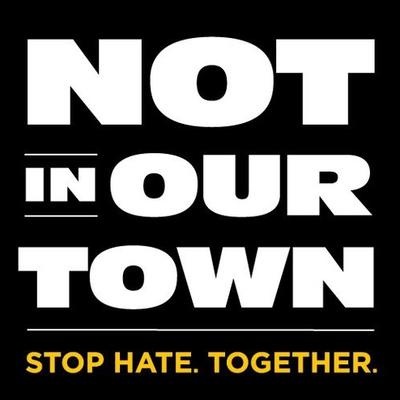We are excited to invite the NCDD network to register today to join us at the Elevate Engagement gathering this May 18-21 in Portland – a sequel to the 2015 Experience Engagement un-conference that will continue the exploration of how the journalism world and the dialogue, deliberation, and public engagement field can amplify and deepen each other’s work. Elevate Engagement is being hosted by the Agora Journalism Center and Journalism That Matters – an NCDD organizational member.
This un-conference will continue the exciting, field-wide conversation that we launched with the journalism-D&D panel during NCDD 2016 and will be continuing with our March 15th Confab Call. We encourage our members to learn more about Elevate Engagement in the announcement below and visit the conference website here to save your spot!
Elevate Engagement Un-Conference 2017
 The 2016 election was a wake-up call. Trust in media is at an all-time low. Political polarization has taken a sometimes ugly turn. For some, it may feel as though the health of our democracy is in question. We must embrace this moment as an opportunity to consider how conversation, storytelling, journalism, and the arts, can better engage communities to thrive.
The 2016 election was a wake-up call. Trust in media is at an all-time low. Political polarization has taken a sometimes ugly turn. For some, it may feel as though the health of our democracy is in question. We must embrace this moment as an opportunity to consider how conversation, storytelling, journalism, and the arts, can better engage communities to thrive.
It is time to Elevate Engagement.
On May 18-21, 2017, the Agora Journalism Center at the University of Oregon’s School of Journalism and Communication in Portland will host:
“Elevate Engagement: Listen. Connect. Trust.
How to take your engagement to the next level.”
We are delighted to partner with Journalism That Matters, which brings expertise in designing “un-conference” gatherings that maximize interaction and creative engagement among participants.
Who’s Coming?
This open-space gathering is made possible by a generous grant from the John S. and James L. Knight Foundation. It is designed to welcome a diverse group of people who care about journalism, storytelling, and communication in civic life. Included among them are: journalists, public engagement practitioners, academics and students, funders, public servants, and other engagement pioneers and community members. We also seek to welcome diversity that reaches across race, class, gender, generation, political ideology, and geography.
Our Focus
How can the public engage, not as an audience, consumers or marketplace, but as participants, with journalists, in creating civic structures for engagement and storytelling?
In addition, how must news organizations and journalists evolve so they are seen by diverse communities as trustworthy and culturally competent enough to tell their stories?
To mend and strengthen our civic fabric, we are connecting the diverse people who care about journalism and civic communication to elevate knowledge and practices of engagement that
- build trust;
- adapt to shifting power dynamics among politicians, people, and media;
- promote dialogue and democratic values;
- broaden diversity of participation;
- build community capacity for telling their own stories;
- clarify truth and understanding;
- explore how engagement can lead to more authentic portrayals of communities of color
Anticipated Outcomes
Our goal: to strengthen the capacity of journalists and communities to listen—and to tell stories that inform and inspire courageous actions.
Participants will
- Discover insights that generate new ways to build engagement
- Develop stronger relationships among the diverse people who care about civic communications
- Help grow a community of practice among communications professionals that supports communities and democracy
- Generate ideas on how to bolster engagement practitioners to be nimble when urgency is called for
- Contribute to inclusive communications strategies that engage communities and support thriving civic life in an era of change and challenge for democracy
We hope you will join practitioners on the leading edge of engaging with communities to learn from one another and to develop more practical, actionable ideas that can be shared and used beyond the gathering.
Interested? Here’s more information. Ready? Space is limited: register now.
You can find the original version of this announcement on the Experience Engagement website at http://pdxengage17.uoregon.edu.











